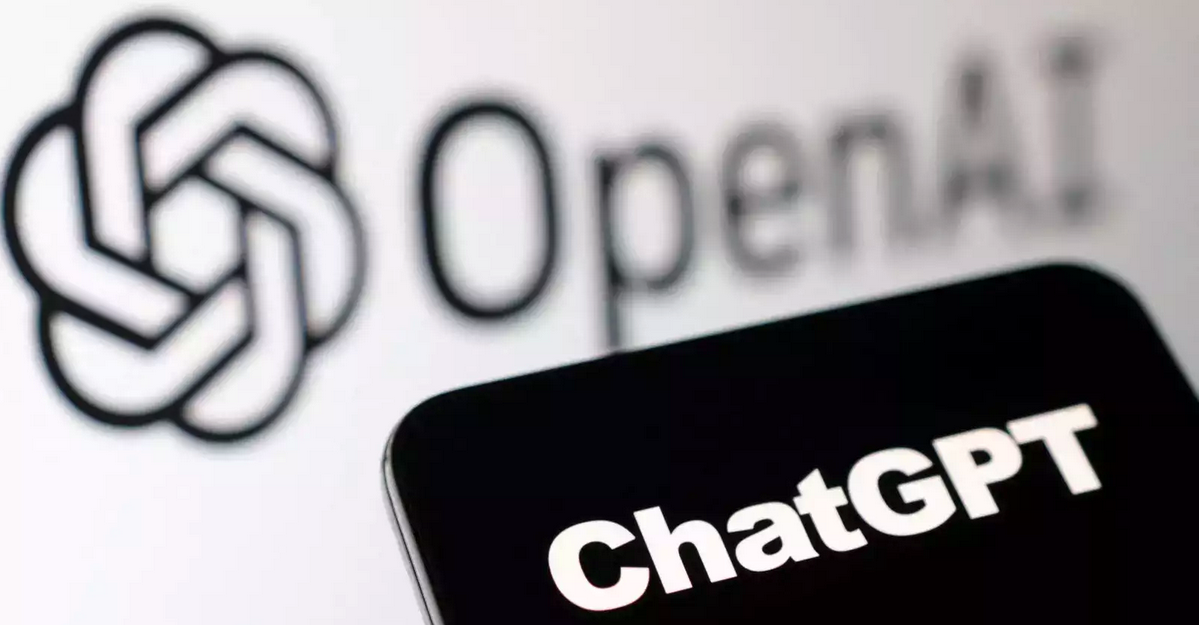Last updated on April 12, 2024
With a couple clicks of a button, you can talk to people all over the world, have someone deliver food to your house, or compute a calculus problem–but now, by using the artificial intelligence program ChatGPT, you can have a school essay written in seconds. ChatGPT allows users to input small amounts of information to create poems, essays, and virtually anything you need to write.
OpenAI is an artificial intelligence laboratory founded by several people, including Elon Musk. Founded in 2015 and based in San Francisco, OpenAI runs on the fifth most powerful supercomputer in the world.
In November 2022, OpenAI released ChatGPT and it is quickly becoming a topic of conversation and controversy. Cabrillo faculty members discussed ChatGPT in a meeting on March 21st. While it is currently unknown what measures will be taken for or against ChatGPT, one thing is certain; its appearance on campus is unavoidable.
To try and get a sense of how ChatGPT works, I created an account on OpenAI. I inputted information on an essay I’m writing for my anthropology class.
I typed, “write an essay about biological anthropology” and I received a seven paragraph essay in eight seconds. It included section headers about human evolution, genetics, human variation, the relationship between biology and culture, and a conclusion.
The information was concise, the writing style was clear, and it sounded better than the essay I’ve been writing for the past week.
What does this mean for students?
I spoke with John Govsky, a graphic design teacher who facilitated a discussion about ChatGPT’s future in education on March 21st. He’s been teaching for 25 years and says ChatGPT is unlike anything he’s seen.
“When you start using it, you will be struck by different emotions simultaneously,” he said. “There’s a sense of awe and wonder. And at the same time you’ll be struck with a sense of, ‘well this is kind of creepy.’”
At Govsky’s gathering, teachers from Cabrillo discussed ways to monitor when ChatGPT is the ghost-writer of students’ work, and how curriculum can be adapted to avoid the ability to use ChatGPT. Teachers may switch to all in-person exams for example.
Many plagiarism detectors are unreliable in detecting ChatGPT because of how new the software is and the variation of responses it gives. Thus, teachers will be on alert.
Surprisingly, Govsky endorses the use of ChatGPT. While he realizes many students use the AI in an attempt to avoid work, he hopes that positive uses outweigh negatives. Much like the arrival of the internet, Govsky wonders if teachers can possibly teach ways to use ChatGPT to students’ advantage.
It’s unclear what the general consensus will be for Cabrillo students and teachers regarding ChatGPT. It’s also unclear how ChatGPT will change education. The service is not without its faults; it often provides untrue or biased information.

